
If you want to up your gardening game, this sustainable hack for changing the colour of your hydrangeas could be just what you need.
There are many ways you can use coffee grounds in your garden, but did you know you can utilise the acidity of the grounds to alter the colours of your hydrangeas?
That's right, these beloved cottage garden plants can be customised thanks to their reactivity to different pH levels in the soil. But how effective is this, and what methods can guarantee you the best results? We asked the experts for the answers.
Effectiveness of coffee hack to change the colour of hydrangeas
From pruning your hydrangeas to cutting them back for spring, there are various ways you can improve their appearance. But can you actually change their colour, even after they've established?
"Coffee grounds are good for plants which like acidic soil, such as hydrangeas, as used coffee grounds are slightly acidic," explains Lucie Bradley, gardening expert at Easy Garden Irrigation.
She adds, "When grown in soils with a pH less than six, your hydrangea should produce blue blooms. Whereas in soils where the pH is higher than seven, the blooms are likely to be in shades of pink."
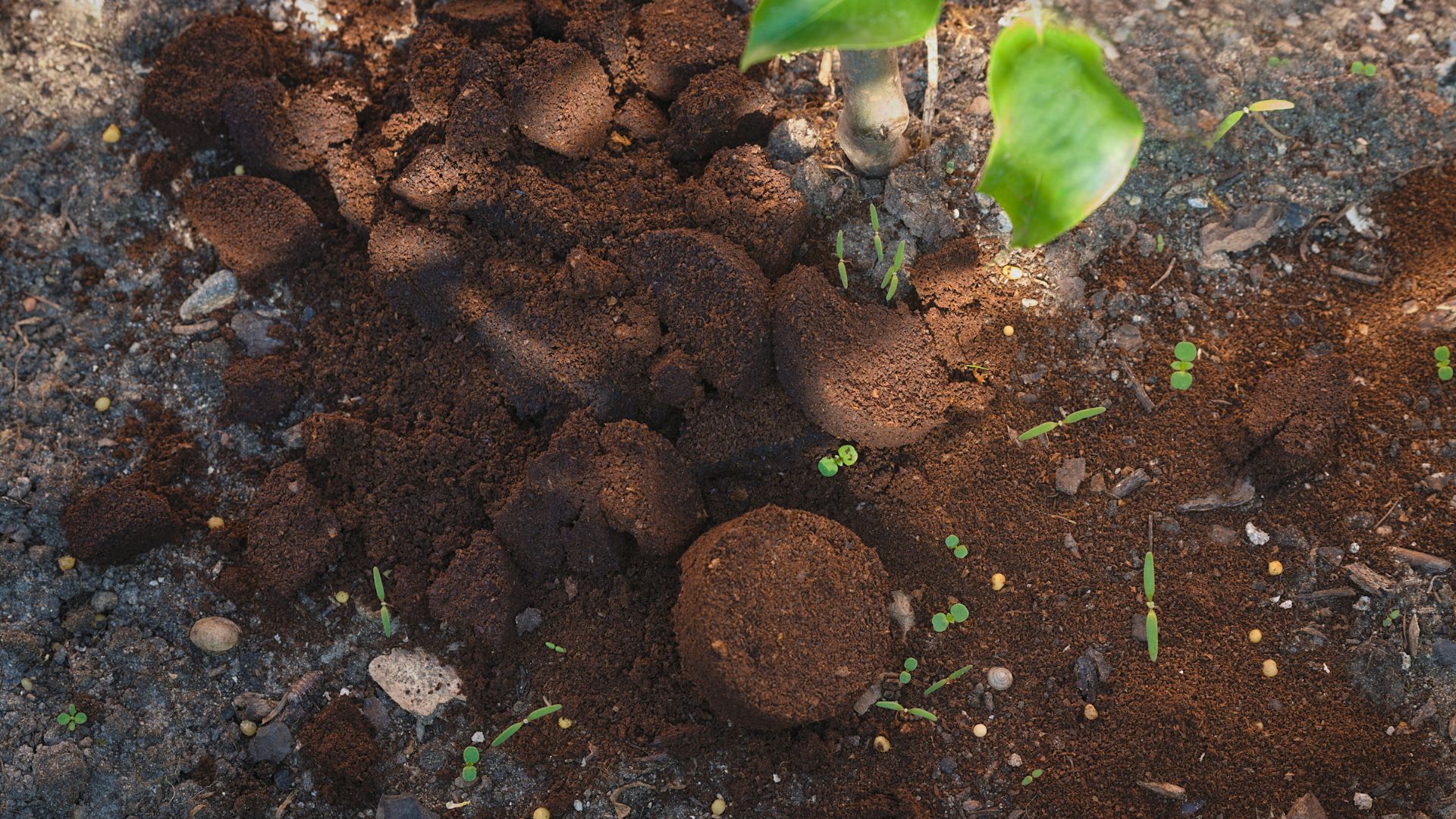
There are some conditions to consider before you try this hack, one of them is knowing the type of hydrangea you have.
"You need to check that the variety of hydrangea you have chosen can produce blue flowers, as some varieties, such as oakleaf or smooth/annabelle hydrangeas, will only produce blooms which are white or ivory in colour," says Lucie.
"Whereas French hydrangeas, both mophead and lacecap varieties, can produce blooms in shades of pink or blue, so by altering the pH of the soil, you can control the colour of the blooms produced," she continues.
Do coffee grounds change the colour of hydrangeas?
Although we know the acidity in the coffee can affect the plants and your soil type, how guaranteed is a complete colour change for the flower?
"The effectiveness of coffee grounds alone is often minimal unless they are part of a broader soil amendment strategy," begins Petar Ivanov, gardening expert at Fantastic Gardeners.
"To noticeably shift the flower colour, gardeners typically need to adjust the soil pH more deliberately using soil acidifiers, such as aluminium sulfate or garden sulfur, and even then, the results depend on the existing soil composition and hydrangea type," he says.
So while coffee grounds can help adjust the pH over time, Petar suggests that coffee grounds alone might not be quite strong enough for changing hydrangea colour on their own. It depends on how you use.
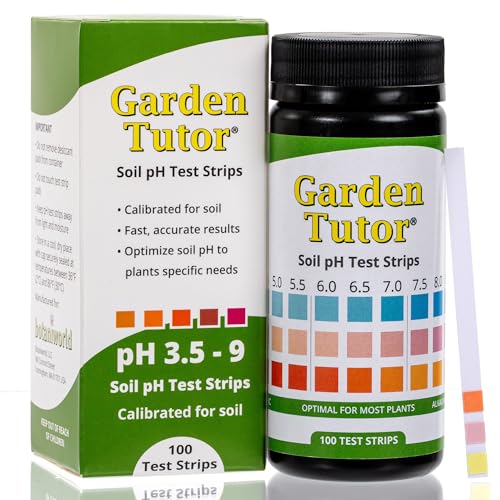
RRP: £12.99 | This kit provides you with 100 soil PH test strips to accurately test acidity levels, showing results in 60 seconds. It's incredibly easy to use again and again, including a detailed coloured handbook with lime and sulphur application charts.
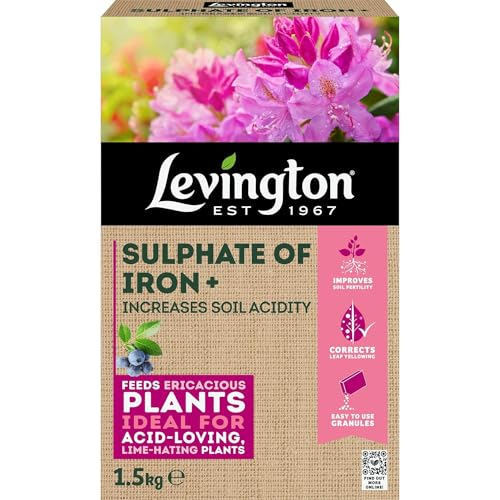
RRP: £15.64 | This 1.5kg plant tonic is ideal for adjusting the soil acidity levels for growing your hydrangea plants.
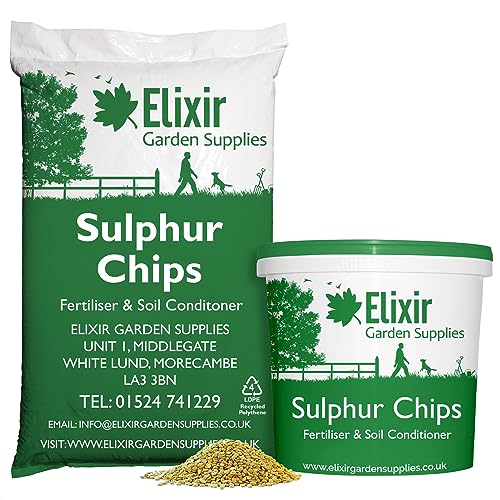
RRP: £10.99 | Amazon's Choice of granular alkaline soil amendment and booster for acidic and ericaceous Plants.
What's the best way of adding coffee grounds to Hydrangeas?
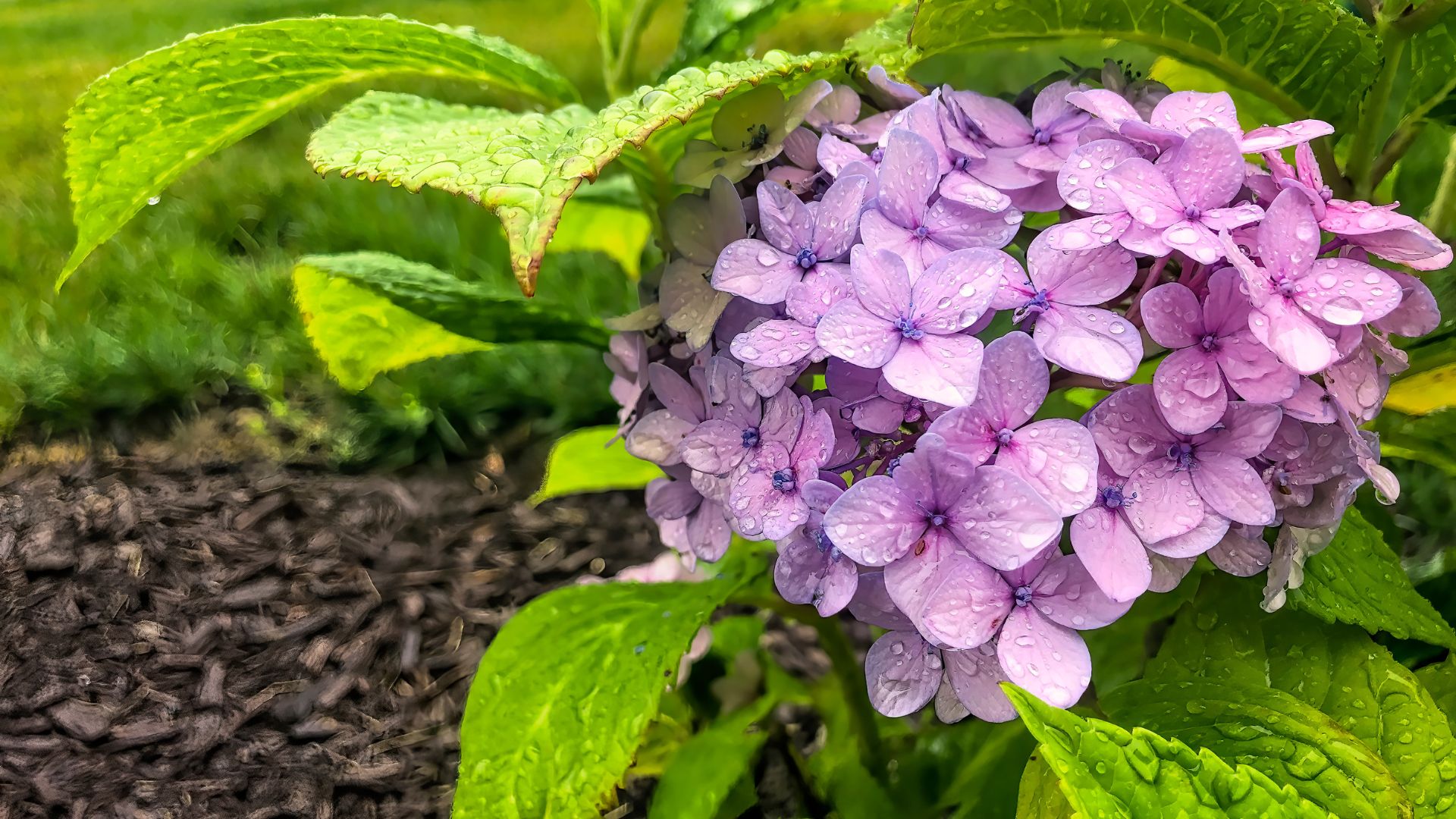
If you're looking to try this sustainable garden idea, alongside other soil amendments, the method is pretty simple. Just make sure your coffee grounds are fully dried out before you start adding them to the soil.
"Using coffee grounds to change the pH of soil is a slow process as the grounds are only slightly acidic, so you will need to start adding them to the soil from autumn through to when blooms appear in late spring, early summer," suggests Lucie.
So applying the coffee grounds once in autumn, once in winter and once in early spring should be sufficient to maintain an acidic soil," she continues.
Petar also recommends monitoring your soil’s pH periodically if you're using coffee grounds regularly, especially if you're trying to influence bloom colour or maintain overall plant health.
He adds, "Over time, this balanced and careful approach can benefit your hydrangeas without the risks that come with overapplication."
Should you be looking for other ways to reuse household waste in your garden, we'd recommend adding crushed eggshells to your soil as a natural pest deterrent. This is only one way to use eggshells in your garden, as they surprisingly have a lot of nutrients to offer your plants.







